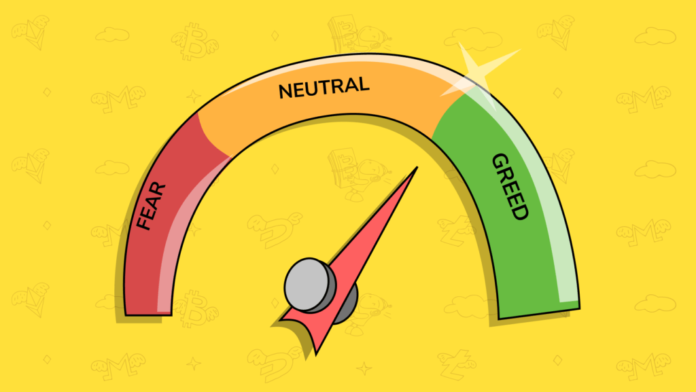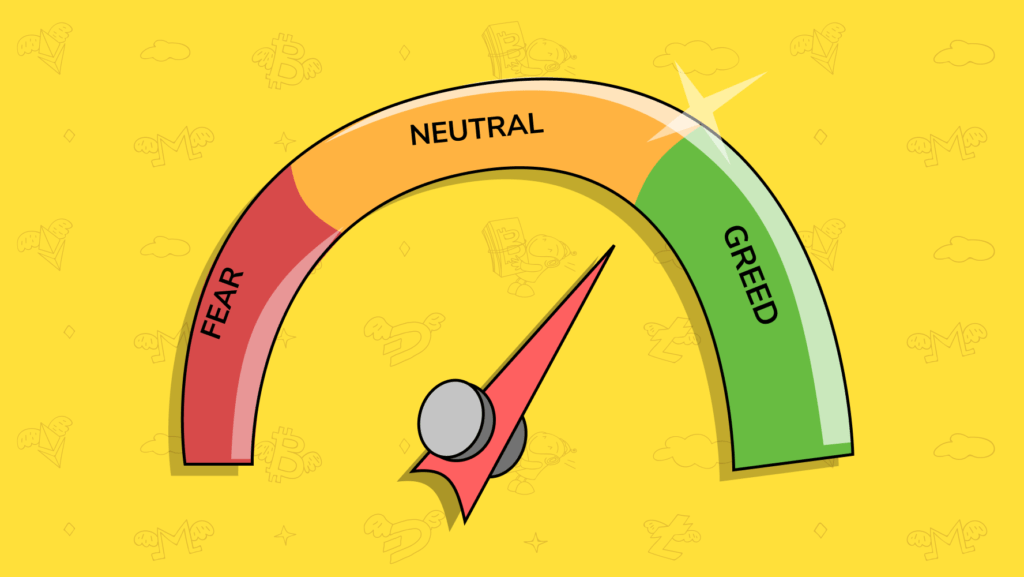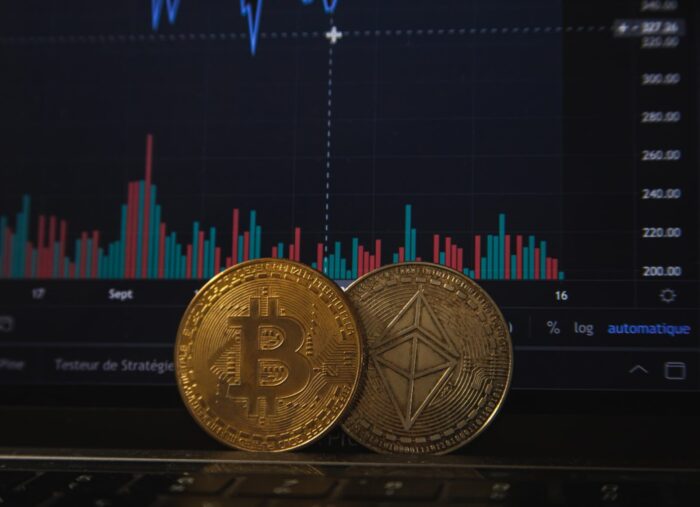
Emotions are frequently present in practically every part of our life. Since the start of time, fear and greed have led to the discovery and invention of many magnificent things. Investors’ emotions and sentiments also drive the crypto market.
People tend to become greedy when the market is increasing, which might lead to excessive price increases. Excessive fear, on the other hand, can drive prices to extreme lows as the market falls. So, continue reading to know how you can manage fear and greed while trading in cryptocurrency.
What Effects Do Greed and Fear Have on the Investor Market?

The two most powerful forces that drive the financial markets are human emotions called “Greed” and “Fear.” When investors are overcome by fear or greed, they may overreact, causing price distortions. Herd mentality is a term coined by economists to describe this type of behavior.
Investors frequently experience FOMO (Fear of Missing Out) as a result of greed. FOMO kicks in when the market is performing well, causing investors to panic and buy at a higher price. Investor confidence is at an all-time high as greed reigns supreme in the market, and the prices of riskier investments tend to rise.
On the other hand, when the market continues to lose money for an extended length of time, investors feel concerned and sell their shares, further depressing prices. When fear reigns supreme in the market, investor confidence plummets, and forecasts of a new recession emerge.
Trading Cryptocurrency can be very beneficial for you. A lot of people have started trading, so what are you waiting for? Visit this site to begin your trading journey and earn a fortune.
Manage Fear And Greed Using “Fear And Greed Index”

The cryptocurrency fear and greed index functions similarly to a market sentiment index. It’s a method for gauging investor sentiment toward the cryptocurrency industry. It is used to determine if an investor is bullish or bearish.
The index ranges from zero to one hundred. Excessive fear is represented by a value of zero, while a value of one hundred represents extreme greed. A fear and greed index for crypto has been produced by some platforms, which analyzes investor feelings from many sources and combines them into a single figure.
When the index reaches 0 (severe fear), it indicates that investors are concerned. Those wishing to trade may find it to be a good purchasing opportunity. The indicator rises to 100 when extreme greed creeps in, indicating that the market is due for a fall or correction.
What Factors Go Into Calculating the Fear and Greed Index?

The following criteria make up the Fear and Greed Index’s rating for Bitcoin:
-
Volatility (25 percent )
Extreme price volatility implies a shaky market, but a steady price trend indicates more excellent safety. The Fear and Greed Index compares current volatility to 30- and 90-day averages. As a result, extremely high volatility directly impacts the price, which could lead to chain reactions.
-
Volume and Market Volatility (25 percent )
Market momentum is a metric that measures the market’s overall pace of acceleration. Market momentum can be upward or downward, with variations in trade volume confirming the direction.
As a result, the higher the market volume, the more traders are involved. This component is determined using the averages of the previous 30 or 90 days and the current market volume. In a bullish market, the greed factor increases as the buy volume increases.
The put-call ratio can also be used to determine market volume. Divide the total number of put options (short positions) by the total number of call options to arrive at the calculation (long positions). If the result is greater than 1, put options are more prevalent, and the bulk of market participants are judging the market negatively (i.e., they expect prices to fall).

-
The Internet and Social Media (15 percent )
For Bitcoin and cryptocurrency exchanges, social media is an excellent meeting place. A large community, particularly on Twitter, keeps a close eye on the market and responds quickly.
The mood may be reliably assessed by evaluating specific hashtags and noting how many relevant to Bitcoin appear in a given period. The greed factor increases with the number of requests and the level of interest.
-
Survey (15 percent )
Surveys can be used to directly inquire about the mood of Crypto market players and other interested parties. Surveys are conducted at regular intervals with a reasonable sample size using a few third-party reliable websites. Because the chosen sample comprises a group of crypto traders and investors, these polls will aid in estimating general market sentiment.
-
Google Trends (10 percent )
Google Trends allows you to examine Google search engine entries connected to specific search terms. When people become more interested in Bitcoin, for example, Google searches for cryptocurrency, prices rise simultaneously. Increases in BTC Google searches have been correlated with extreme volatility in crypto prices.
Bonus Tip: Do Not Invest In Only One Cryptocurrency

It’s never a good idea to put all of your money on the line, no matter how attractive or promising a given trade opportunity may appear.
In general, a spread of one asset class (as well as a diverse mix of asset classes within your portfolio) is sufficient to reduce your exposure to more prominent price movements within a given industry/market.
Because the cryptocurrency market is so volatile, any trade, even one that appears to be great, might go wrong and result in a considerable loss. As a result, it is advised that you begin investing in at least five different coins.
Remember to use an exchange’s stop-loss tool when you’re not trading manually, such as when you’re at work or on vacation.
New traders frequently fail to implement a proper exit strategy, returning to their computer to find their favorite crypto basket has lost 20%, and a new trend has emerged to the downside. It not only lowers your risk but also gives you more control over your losses.
Conclusion
Human emotions like fear and greed play a significant role in the bitcoin market. Every currency’s price is influenced heavily, if not entirely, by it. Unlike other financial markets, crypto traders have limited tools to help them make well-informed decisions. The fear and greed index, on the other hand, might be helpful in predicting market sentiment to a degree.
















